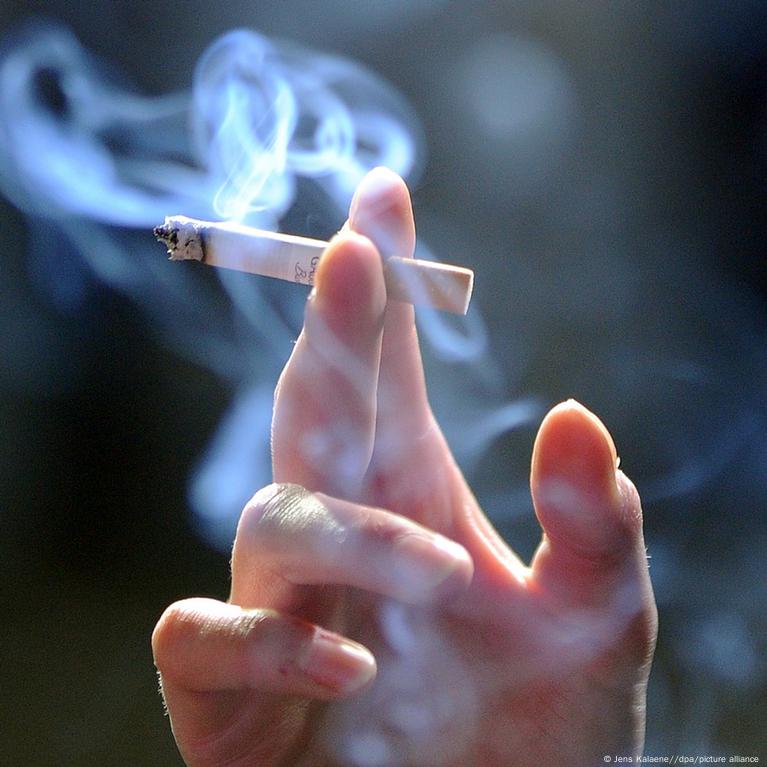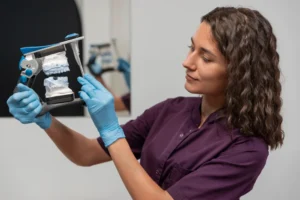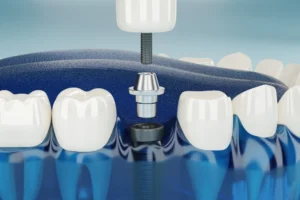
What Is Teeth Whitening?
Teeth whitening is a cosmetic dental procedure that lightens the natural color of your teeth by breaking down stains on the enamel and dentin layers. The most common agents used are hydrogen peroxide or carbamide peroxide, which release oxygen molecules to oxidize and lift deeply embedded stains.
These stains are typically caused by:
- Chromogens from tea, coffee, red wine, or cola
- Tannins from tobacco use
- Age-related thinning of enamel
- Plaque buildup and poor oral hygiene
There are two primary types of teeth whitening:
- In-office whitening: Performed by a dental professional using high-concentration peroxide gels, often activated by light or lasers.
- At-home whitening: Custom trays and lower-concentration bleaching gels prescribed for patient use under supervision.
Scientific literature supports that whitening is safe and effective when performed professionally. However, results and longevity depend greatly on post-treatment compliance, especially avoiding re-staining agents like tobacco smoke.
Post-Whitening Instructions: What You Must Follow
After a whitening session, teeth are temporarily more porous, which means they’re more susceptible to re-staining for 24–72 hours. This is often referred to as the “white diet window.” Here are standard post-op guidelines we give to all our patients:
Avoid staining agents for 48–72 hours, including:
- Coffee, tea, red wine, cola
- Beets, turmeric, soy sauce
- Tobacco in all forms (smoking, chewing)
Use a straw
if you must drink non-clear liquids
Don’t skip follow-up
Your dentist might recommend additional sessions or top-up treatments.
Avoid extremely cold or hot foods
Teeth may be temporarily sensitive.
No smoking for at least 72 hours
Nicotine and tar are strong staining agents that can instantly reverse whitening.
Maintain oral hygiene
Use a soft toothbrush and fluoride toothpaste to keep the surface plaque-free.
Clinical Case Study: When Post-Whitening Smoking Went Wrong
At our clinic, we had a striking case that serves as a cautionary tale. One of our colleague doctors had beautifully completed an in-office whitening procedure for a young male patient—who was also preparing for his wedding.
Despite receiving clear aftercare instructions, the patient resumed smoking the very same day, underestimating the impact. Within days, severe dark stains had developed—more intense than his original condition.
Shocked by the results and anxious about his upcoming wedding photos, the patient returned. This time, he was referred to us due to the extent of the damage.
Upon examination, the superficial enamel was heavily pigmented, and conventional whitening wouldn’t work anymore. We opted for a minimally invasive veneer solution to mask the stubborn stains. The treatment was completed successfully—just in time for the wedding.
Weeks later, we received a photo from the groom, smiling confidently at his wedding—his smile restored, but the lesson learned.
Why Teeth Whitening Is Done—and Why It Must Be Protected
Teeth whitening is more than just an aesthetic upgrade—it’s a confidence booster, a moment of self-care, and often a preparation for life’s big milestones. However, its success is a shared responsibility between the dental professional and the patient.
If you’re investing time, money, and trust in a whitening procedure, protecting that outcome is crucial. Tobacco—especially smoking—is a major obstacle not just for aesthetic dentistry, but for overall oral health.
Protect your smile. Respect the aftercare. Trust your dentist.





